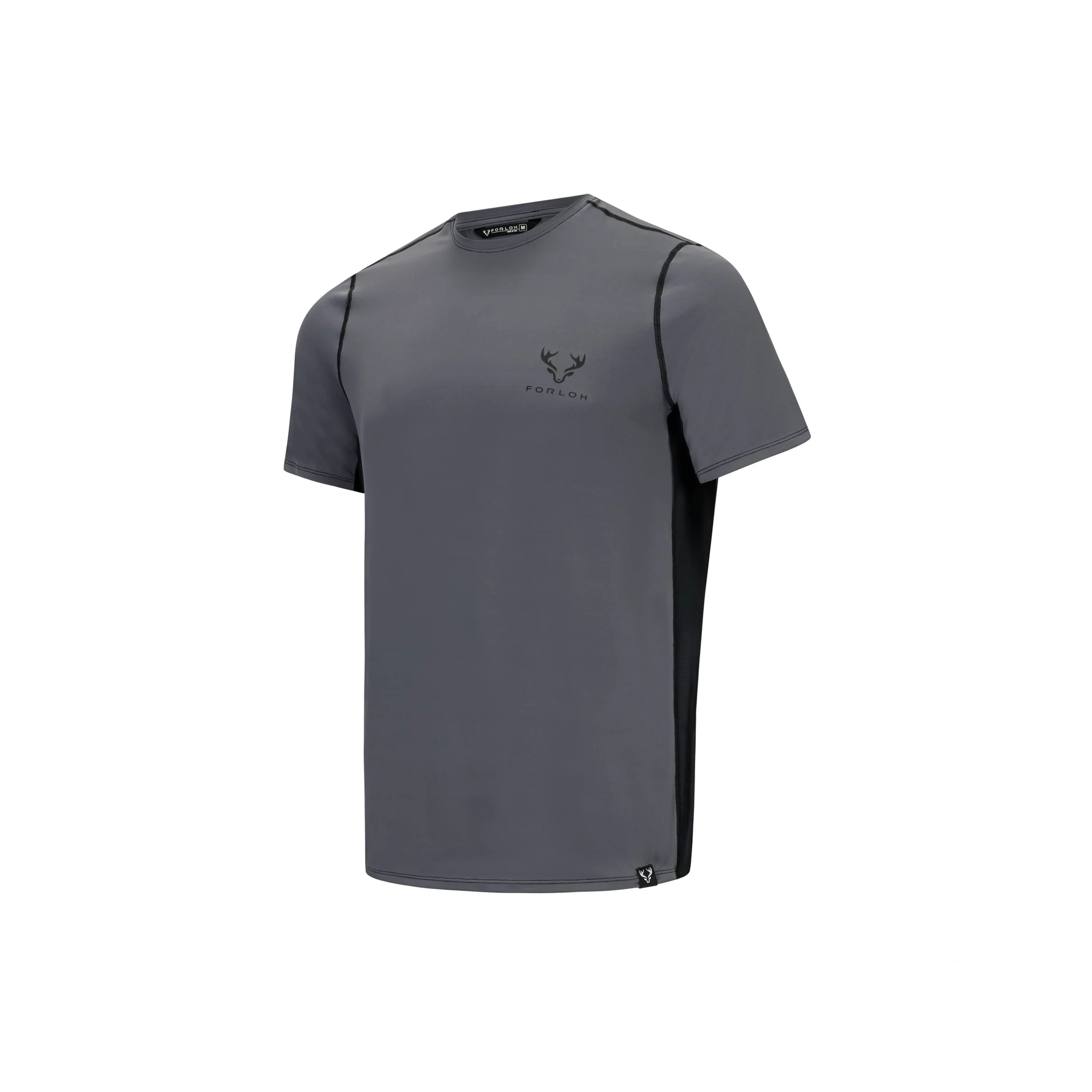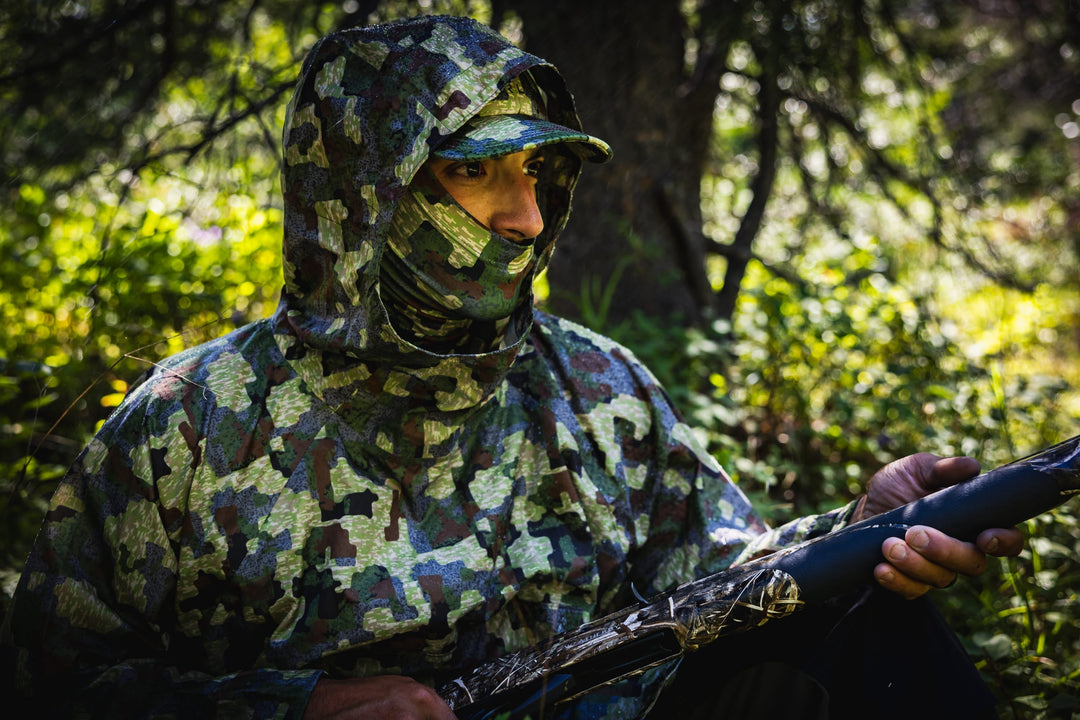Ultimate Hunting Clothes Washing Guide
"Quality, technical hunting gear is an investment."
The money spent upfront pays its dividends by comfort in the field and longevity in the wardrobe. But, if abused, its ability to do both of these will degrade. Time spent in the field will, and successful hunts, will leave blood, sweat, and dirt embedded. Besides looking dirty, these contaminants will degrade your technical fabric's superpower abilities. Fortunately, it only takes a few steps to ensure proper gear maintenance.
Picking the Best Detergent for Hunting Clothes
Tide marketers must have been on a deadline when they came up with “Tide’s in, dirt’s out”. What they and other household detergents don’t say is what UV brighteners and perfume they include in their products. In the 1950’s, these chemicals began to be added along with whiteners to make whites whiter and colors brighter. The downside is that many game species can see UV light (it is undetectable to the human eye) making your camo glow a bright blob instead of blending into surroundings. Reindeer (caribou) are known to pick out the lichen they eat based on their UV signature. Kurt von Besser’s book How Animals See and Smell goes much deeper into the science and application of brighteners.

What Detergent Should I Avoid
Today there are many options for unscented and no additive brighteners. A trip around your local farmer’s market will likely give you many options (I found one that will add a campfire smoke to your clothes). Commercial wash like Scentkiller’s Clothing Wash are convenient and work well. Look for the symbol indicating no UV brighteners have been added to be certain they weren’t added.

Types of Stains You’ll Encounter as a Hunter
"Hunting requires getting dirty, but that doesn’t mean you have to always look that way."
Aside from the obvious blood from harvesting and processing game, there are other substances that can become stubborn stains and prematurely age your clothing. The best course of action is to rinse and wash as soon as possible. Even with the best care, stains can set in quickly. Avoiding commercial stain removers is preferable to introducing more chemicals to your gear that might require a few washes to get out. I’ve used each of the non-chemical methods below with very good success. Fortunately, what small stains were left (grass was the worst) blended nicely with my camo pattern.
The Best Ways to Get Stubborn Stains Out of Hunting Clothes
- Blood: soak items 1-6 hours for persistent spots in cold water. Do not use bleach.
- Rust: soak spot in white vinegar and then blot out the liquid. Wash as normal.
- Oil/Grease: blot the spot using a paper towel to remove as much as possible. Then coat the spot in corn starch and allow it to dry overnight. Using a stiff bristle brush, gently work the grease off. Repeat if necessary and then spot treat with liquid dish soap and wash as normal.
- Grass: Use a small amount of paste toothpaste (not get) and toothbrush, treat the area with small soft strokes.
You Thought You Knew How to do Laundry
Start by separating your gear based on fabrics. While washing together is generally fine, the damage will be done in the dryer. New technology is constantly being developed that brings hunters better gear with easier care. I generally have two piles, wool and synthetic.
Do a Cleansing Load. Since I don’t have a dedicated washer for my hunting gear, I use the house washer. That means that the perfumes and brighteners are residual after regular laundry and need to be flushed or they can leave traces on your hunting clothes. For this I use the hottest temperature setting with a second rinse and add in my scent-free detergent; I am literally cleaning the washing machine.
Wash. As a general rule, use the temperature just above the coldest option. This protects sensitive fabrics, but helps the soap to do its job. Leave any fabric softener on the shelf along with the dryer sheets. And since it doesn’t hurt, a second rinse helps to make sure all of the detergent is gone.
Dry at the lowest temperature setting. Synthetics will be most forgiving, but wool can shrink in too warm of a dryer. Because it's rare that I am in an immediate turnaround situation, I let my wool hunting clothes dry on a line. Waterproofing treatments can respond well to a little heat by opening up the fibers and allowing the protective coating to redistribute. I opt for the low heat setting and check every 30 minutes removing clothing when it feels dry. I then set everything out to air dry overnight and cool off. If there is still moisture on your gear and it's placed in a sealed bag, you could open it to find mildew or mold.
Store in a cool, dry, sealed place. This is a critical step. If it is left to absorb the odors of your house, get tossed on a dirty floor, or befall some other textile tragedy, all your work is for naught. You can opt for a customized foot locker, or a sealable bag within a $5 tote will work, too.
Don’t Forget About Gamebags
I have a few sets of gamebags that have stood up to several seasons of multiple animals and most still look new (or newish). After a hunt where gamebags were called into service, start with a hand wash to get most of the blood and bits off. Having a spouse find “jerky” in the dryer is not good. Next, wash with bleach (added to your washer’s dispenser, not directly to the clothes) and your non-scented detergent. If the blood or smell is stubborn, a second cycle with a cup of baking soda poured directly in the tub can help clear both out. Gamebags dry quickly and don’t require much time in the dryer. Roll them up and pack them for the next trip.
Hunting Laundry Best Practices
- Immediately following a trip, do your laundry. Letting it sit can help stains set in and other things to ferment.
- Change as close to your hunting areas as possible. This prevents picking up odors.
- Don’t wear your hunting clothes and fill your truck with gas. I also wear Crocs to prevent getting drips of gas on my boots and to keep my feet from overheating in the truck.
- Read the tags and consult the manufacturer for guidance.
- Use this time to check for tears that need to be fixed before they are found in the field.
About the Author: Everett Headley is an outdoor writer and educator. He was raised hunting and fishing in Montana. He lives in the Bitterroot with his Chesapeake Bay retriever, Cane, and his peregrine falcon, Freyja. You can find more of his work on Instagram @everettheadley.








